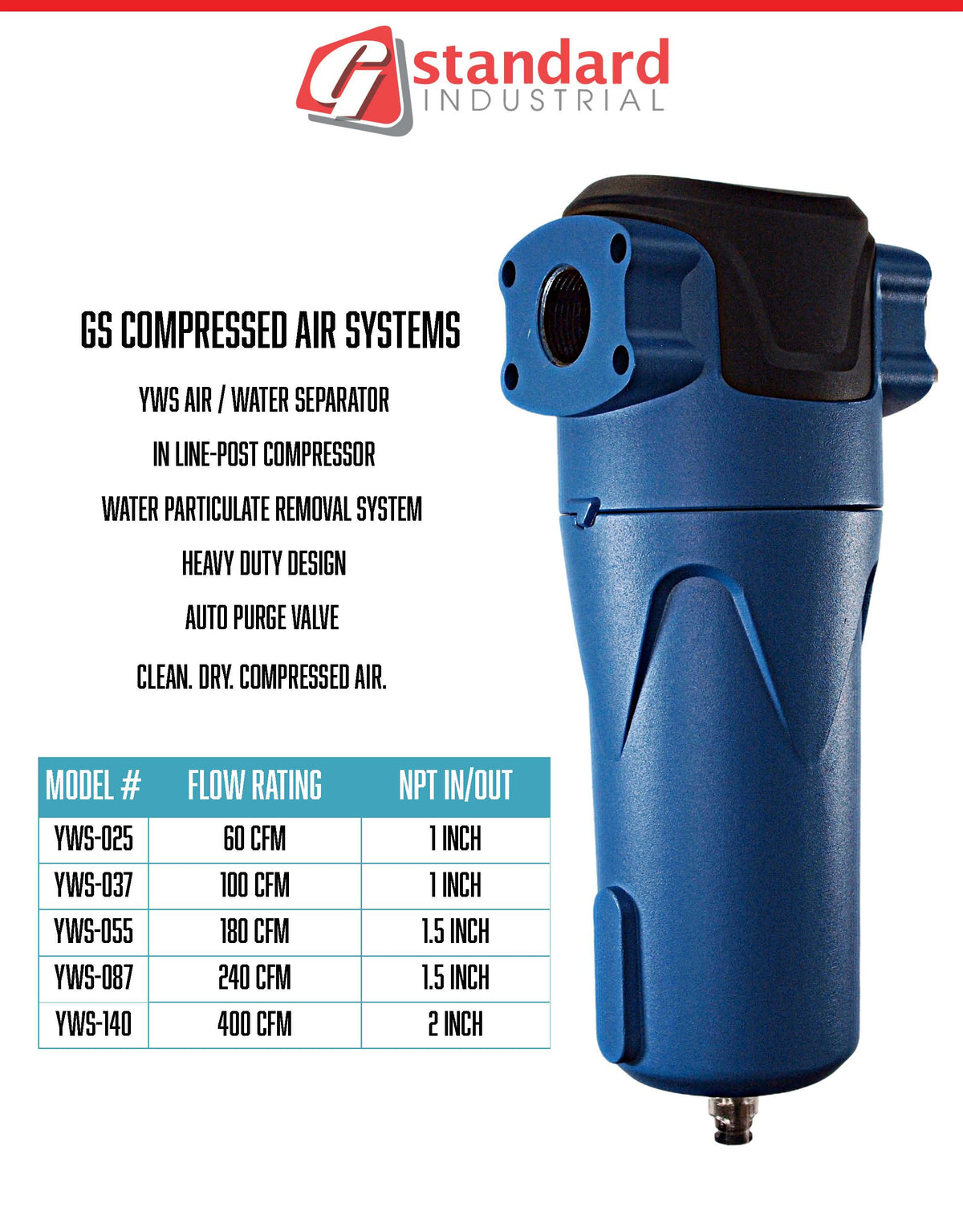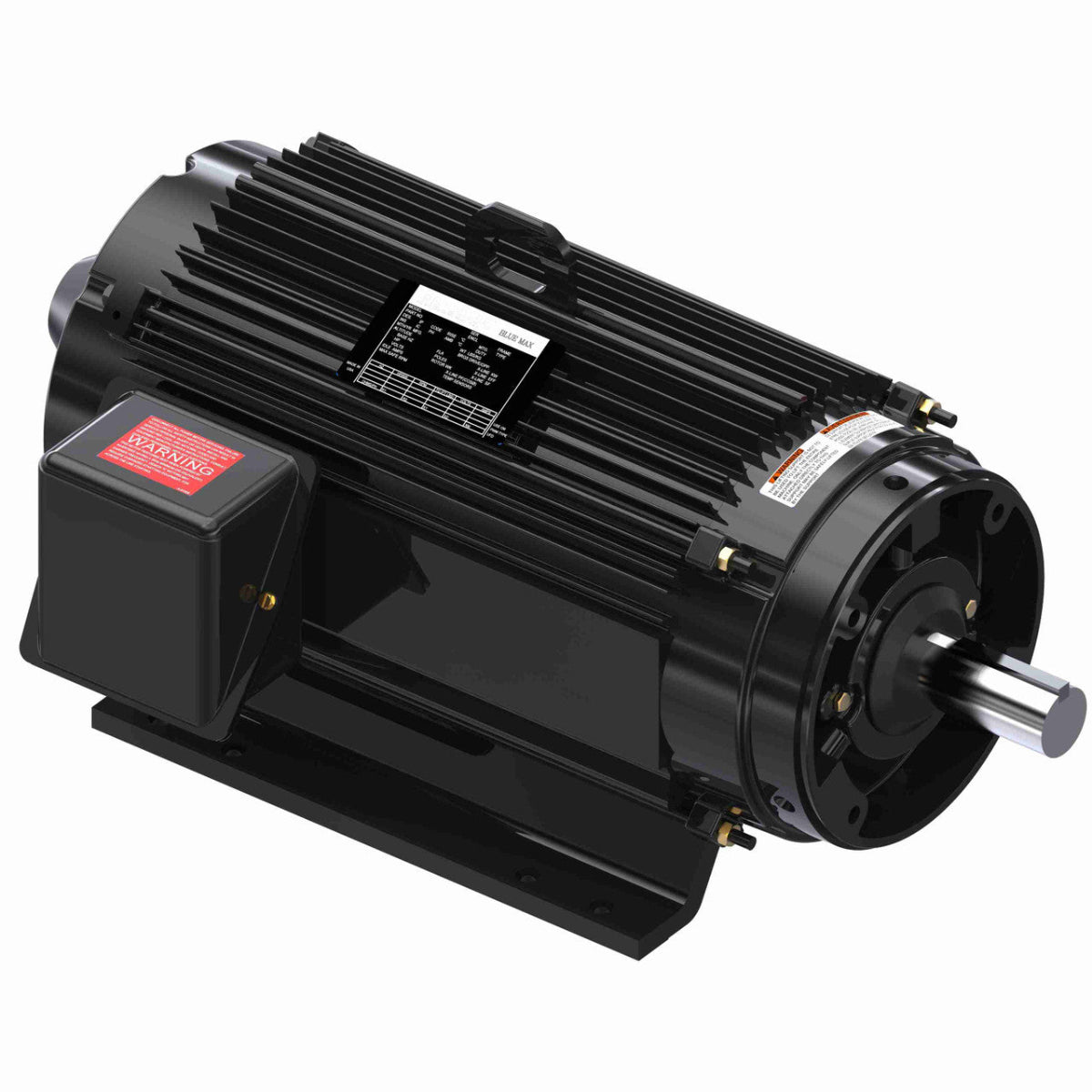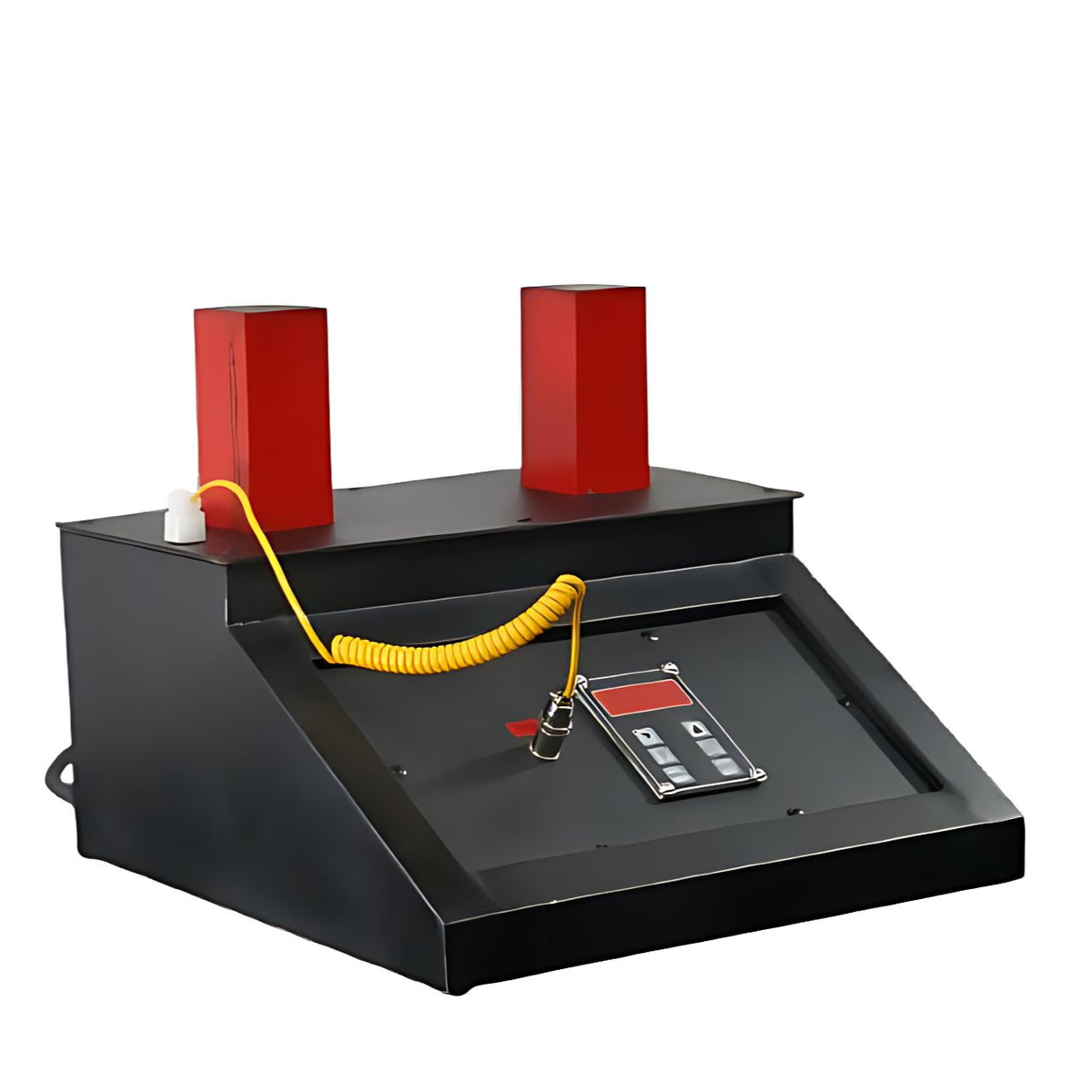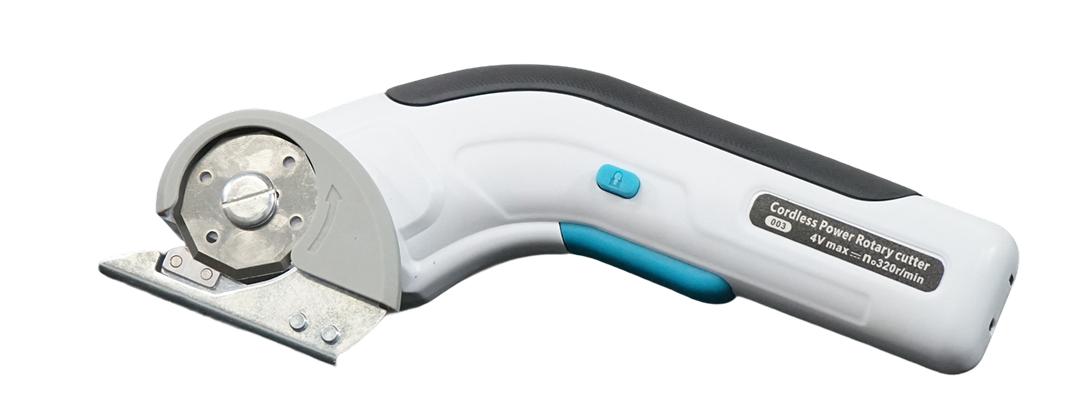Author: Noah Gilbertson
Presented by: G Standard Industrial
Selecting the right rotary screw air compressor is a critical decision that impacts your facility's productivity, energy costs, and operational reliability for years to come. An undersized compressor will hinder production, while an oversized one will waste significant capital and energy. This guide outlines a systematic approach to making the correct choice.
Step 1: Accurately Determine Your Air Demand (CFM & PSI)
The first and most crucial step is understanding your facility's air consumption. You must identify two key metrics:
-
CFM (Cubic Feet per Minute): The volume of air required.
-
PSI (Pounds per Square Inch): The pressure required.
How to calculate this is covered in detail in a separate article. Briefly, this involves:
-
Listing every air-consuming device.
-
Summing their CFM requirements (accounting for usage factors).
-
Identifying the highest PSI any tool requires and adding a margin (e.g., 10-15 psi) for system pressure drop.
Step 2: Analyze Your Air Demand Profile
How your air usage behaves over time is just as important as the total volume.
-
Steady Demand: If your air consumption is relatively constant (e.g., running a few tools continuously on an assembly line), a fixed-speed (or fixed-speed) compressor may be efficient and cost-effective.
-
Variable Demand: If your consumption fluctuates significantly (e.g., multiple tools turning on and off randomly, shifts in production), a Variable Speed Drive (VSD) compressor is almost always the superior choice. A VSD compressor adjusts its motor speed to precisely meet demand, eliminating the energy waste associated with a fixed-speed unit loading and unloading. The energy savings typically provide a strong return on investment.
Step 3: Determine the Required Air Quality
The level of air purity needed depends on your application. Contaminants like water, oil, and particulates can damage equipment and ruin products.
-
Standard Plant Air: For powering pneumatic tools, actuators, and general plant air, an oil-flooded rotary screw compressor paired with a refrigerated dryer and particulate/oil coalescing filters is sufficient and cost-effective.
-
Process/Critical Air: For applications in food & beverage, pharmaceuticals, electronics, painting, or medical air, 100% oil-free (Class 0) air is mandatory. This requires an oil-free rotary screw compressor and often a desiccant dryer.
Step 4: Plan for the Support System (The Auxiliaries)
A compressor does not operate in a vacuum. The complete system is key to performance.
-
Air Dryer: Essential for removing moisture. Sizing is critical and covered in the next article.
-
Filters: Needed to remove particulates, oil aerosols, and odors.
-
Air Receiver Tank: Provides storage for peak demands, stabilizes pressure, and helps condense moisture.
-
Piping: Properly sized distribution piping is vital to minimize pressure drop from the compressor room to the point of use.
Step 5: Consider Control, Connectivity, and Service
-
Controls & Connectivity: Modern compressors offer sophisticated controllers that monitor performance and energy use. IIoT-enabled compressors provide remote monitoring and predictive maintenance alerts, preventing unexpected downtime. G Standard Industrial offers systems with these advanced capabilities.
-
Service and Support: Choose a supplier with a strong reputation for technical support, readily available spare parts, and comprehensive service plans. The lowest purchase price can lead to the highest long-term cost if service is inadequate.
Summary Table: Key Considerations
| Factor | Question to Ask | Recommendation |
|---|---|---|
| Capacity | What is my total CFM and peak PSI requirement? | Size to meet peak demand plus a small margin. |
| Demand Profile | Is my air usage steady or highly variable? | Steady: Consider Fixed-Speed. Variable: Choose VSD. |
| Air Quality | Could moisture or oil damage my process or product? | General Use: Oil-flooded. Sensitive Use: Oil-Free. |
| Future Proofing | Will my air demand grow in the next 5 years? | Consider a slightly larger compressor or a modular system. |
Choosing the right compressor is a complex engineering decision. The experts at G Standard Industrial can conduct a professional air audit to accurately assess your needs and recommend a perfectly sized and configured system for optimal efficiency and reliability.
Sources for this Article:
-
Compressed Air and Gas Institute (CAGI). (n.d.). Selecting Air Compressors. Retrieved from https://www.cagi.org/education/compressed-air-system-basics.aspx
-
U.S. Department of Energy. (2004). Improving Compressed Air System Performance: A Sourcebook for Industry. DOE/GO-102004-1826. Retrieved from https://www.energy.gov/eere/amo/downloads/improving-compressed-air-system-performance-sourcebook-industry
-
ISO 8573-1:2018. (2018). Compressed air — Part 1: Contaminants and purity classes. International Organization for Standardization.




0 comments